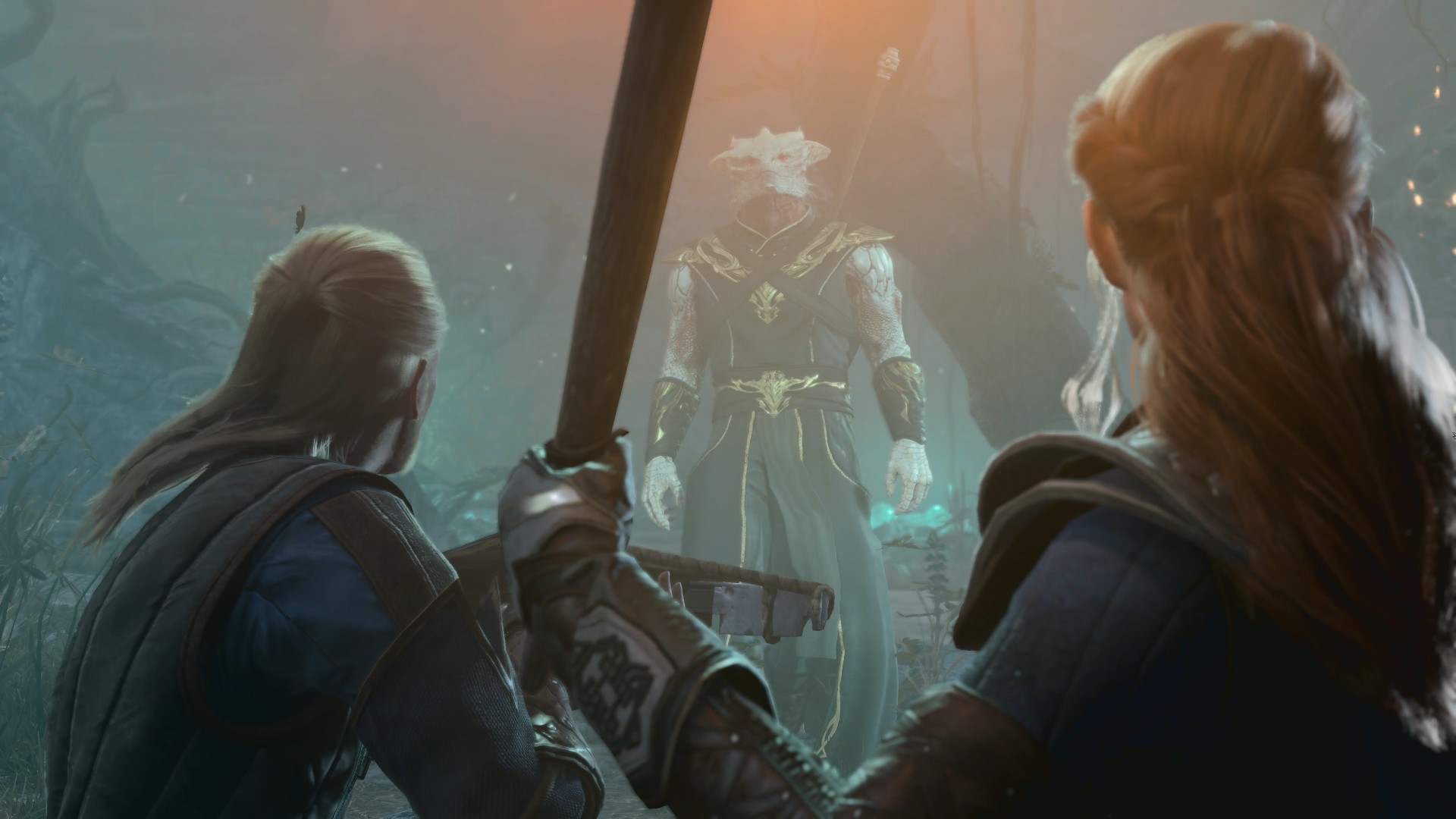
This heist has gone very wrong, very quickly, much to the embarrassment of Baldur's Gate 3 game director Sven Vincke. Two guards have remained stalwart at their posts, so the plan to create a distraction with one character and stroll through the bank's open doors with another has resolutely failed. Now, a chaotic battle is unfolding on multiple fronts. In the end, it's a combination of a poisonous cloud, a resilient panther, and a couple of sly teleportation spells that get the party into the vault.
The initial plan was genius, albeit heavily rehearsed. Splitting his Wizard from the party, Vincke multi-classed to take advantage of a Sorcerer ability; Metamagic lets you augment the range of spells, and now his Wizard can fly three times as far as he could before – far enough to reach the roof of the bank he's targeting. From there, a Scroll of Gaseous Form lets him travel through the building's pipes and into the bank's offices.
After that, the aim was to lead every guard in the building on a merry dance, leaving the vaults undefended. If it had been a success, it would have been a perfect realization of the strengths that D&D systems have brought to Baldur's Gate 3. As it is, it's still a pitch-perfect encapsulation of the chaos that unfurls when even a single dice roll doesn't go your way.
A tale of one city
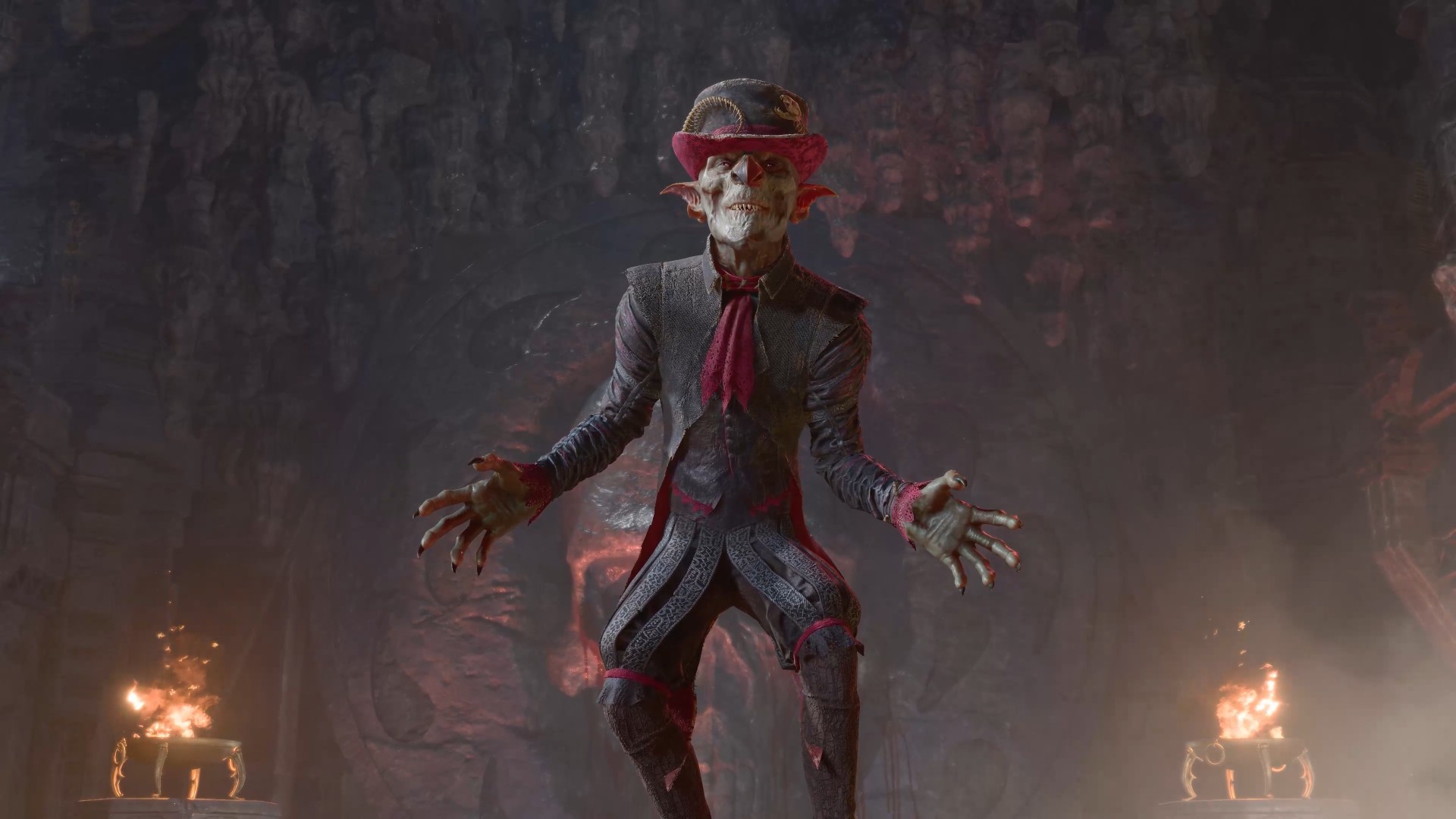

Baldur's Gate 3 Early Access preview: A perfect playground to push Larian's RPG to its narrative limits
I am, already, in awe of Baldur's Gate 3. Even at the very most surface level, it's impossibly dense. The titular city teems with life, but so does every other settlement you come across, each town an entire soundscape of babbling voices weaving through streets packed with NPCs, every one of whom has a potential part to play in your story. At one moment, I picked a stranger out of the crowd at random, only to find that they had the information to help me on a major quest, but if I hadn't had a specific character in my party, they might never have given it up.
The density of the world is very impressive, but what most struck me is the density of the game's structure, and the freedom that comes with that. In his demonstrations, Vincke was keen to show off the extent to which actions can spiral and solutions can vary wildly, depending on not only how you tackle the problem at hand, but also how you've conducted yourself in the past. I lost count of the number of times I was told that a certain action might lead you to miss an entire NPC who might be pivotal to a certain quest.
The number of branching paths is so great that lead writer Adam Smith describes it as a spiderweb: "It's not that you start at point A, and then you keep branching and branching and branching. You're always heading towards the same point, but what happens when you get there is very different." Smith points to one major character who was accidentally killed in an early playtest: "The game reacts, the game can let that happen. You can always pull yourself out of it and get back onto the plotline."
Fast-forwarding to the game's second act, Smith and Vincke show off two paths that diverge relatively early in the game. As each progresses, they draw ever closer, until two narrative threads are perpendicular to one another, temporarily overlapping so closely that it's possible to hop from one strand to another. It might seem a big jump, but as the two stories draw together, the logic behind that change of heart seems almost flawless.
Dishonored evil
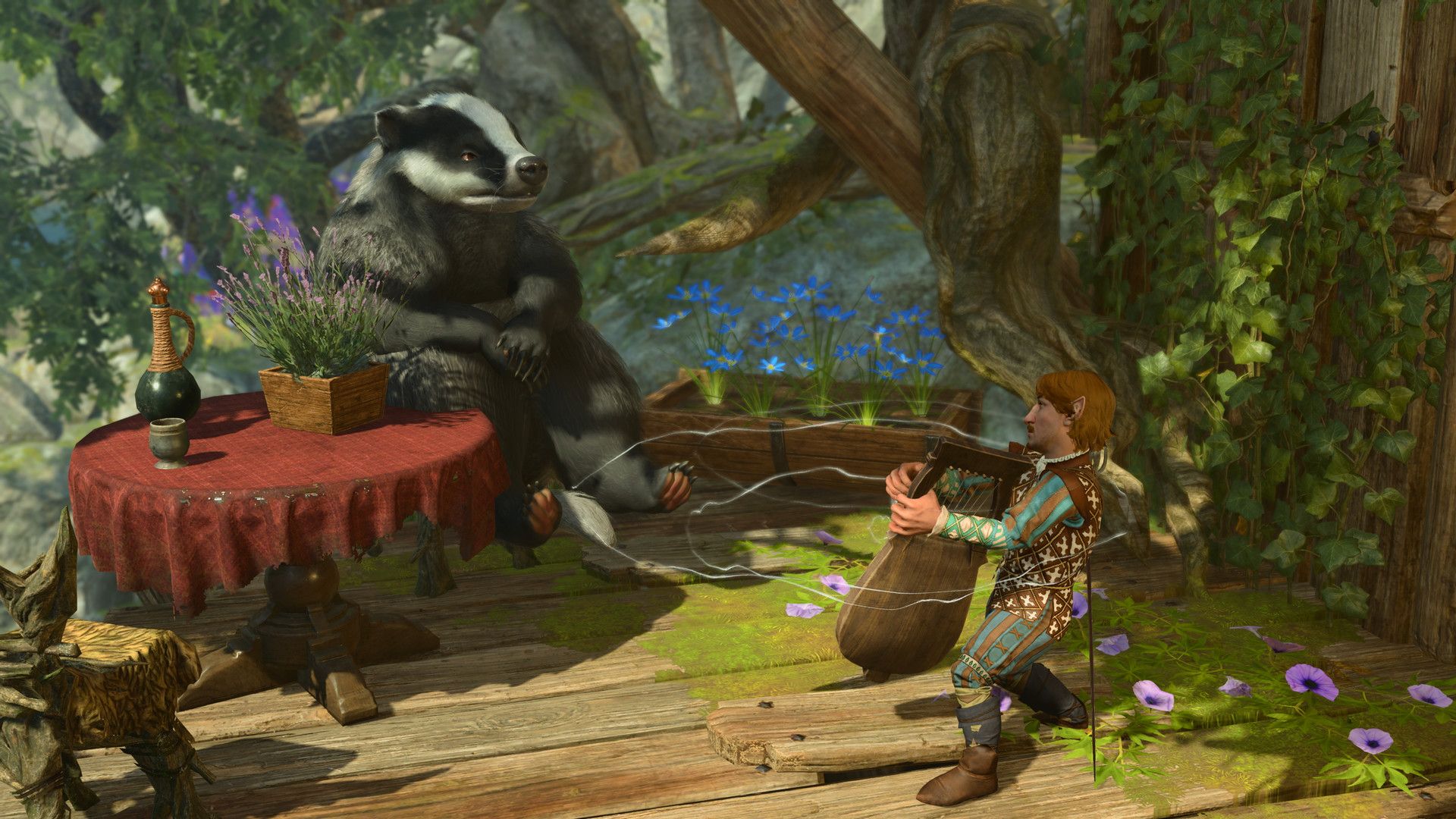
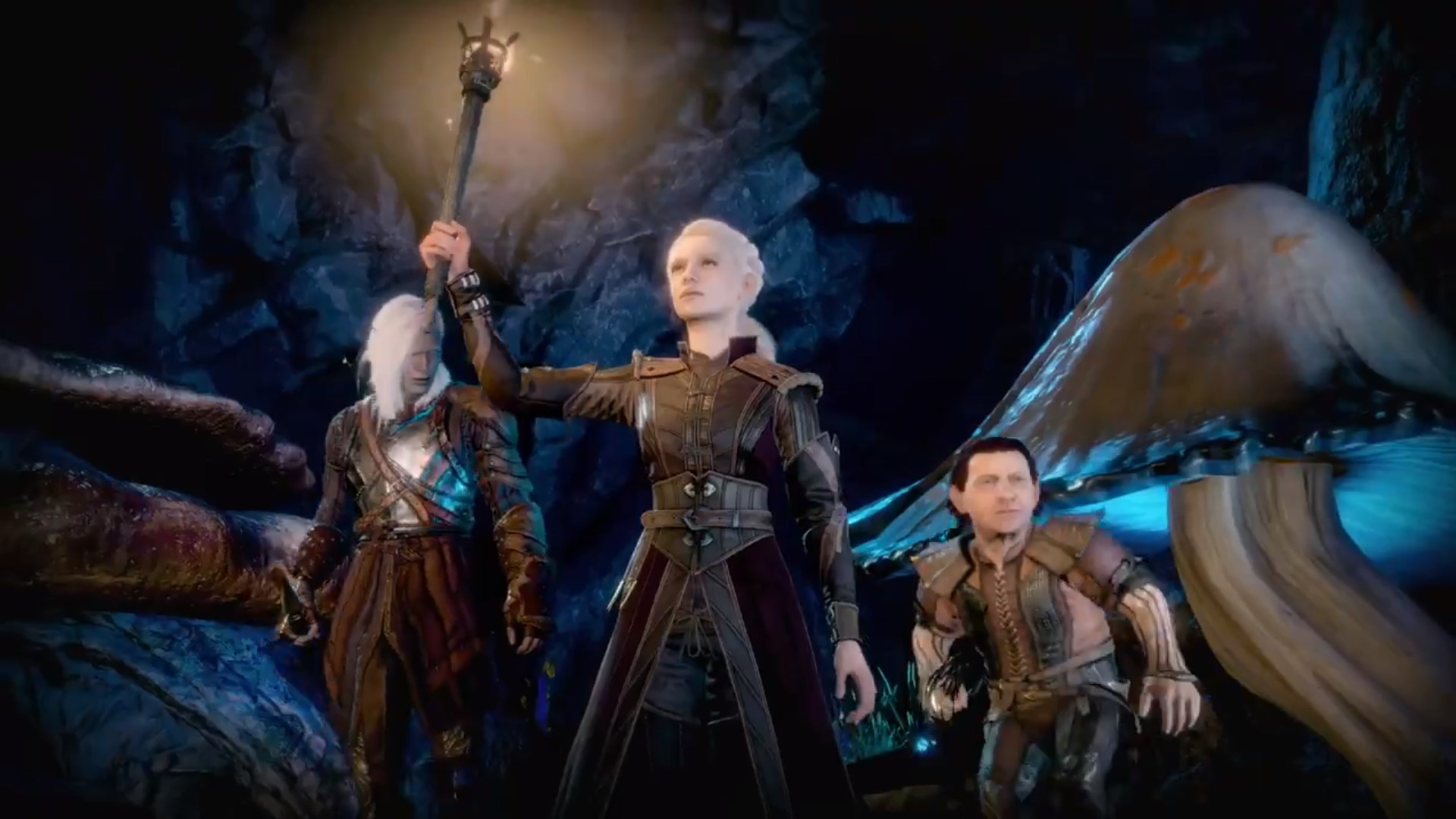
Baldur's Gate 3 is getting out of the way of Starfield on PC, but directly competing with it on PS5
Baldur's Gate 3 might seem like a game destined to be broken apart every which way, but Larian appears to have thought of everything. Smith recounts the time the team first made it to the rooftops of Baldur's Gate itself: "What we realized very quickly is that people will get everywhere. And then we need to put invisible walls up and we need to take away Flight. But we weren't going to do that." It was at that point, he says, that he felt he was no longer making an RPG. Instead, Baldur's Gate 3 had become an immersive sim in the vein of Thief, Deus Ex, or Dishonored.
Smith adds: "It was only when we got to the city that we realized we had to go from 'what's behind this waterfall' to 'what's in these 50 houses?', or 'this person came up through the sewers, so how do people react?'" My favorite examples were the newspapers available around Baldur's Gate, which will react to your actions – albeit not always truthfully. Those sensationalist headlines will shape how the people in the city react to your presence, further dictating how certain quests play out.
In many ways, this is the perfect homage to D&D, a game designed to offer the player almost any freedom they can imagine. That totality remains beyond the scope of a video game, but it's clear that it's what Baldur's Gate is trying to emulate, and it comes staggeringly close. You can feel the hand of a seasoned Dungeon Master at the helm, steering conversation, character, and quests into this spider's web of narrative.
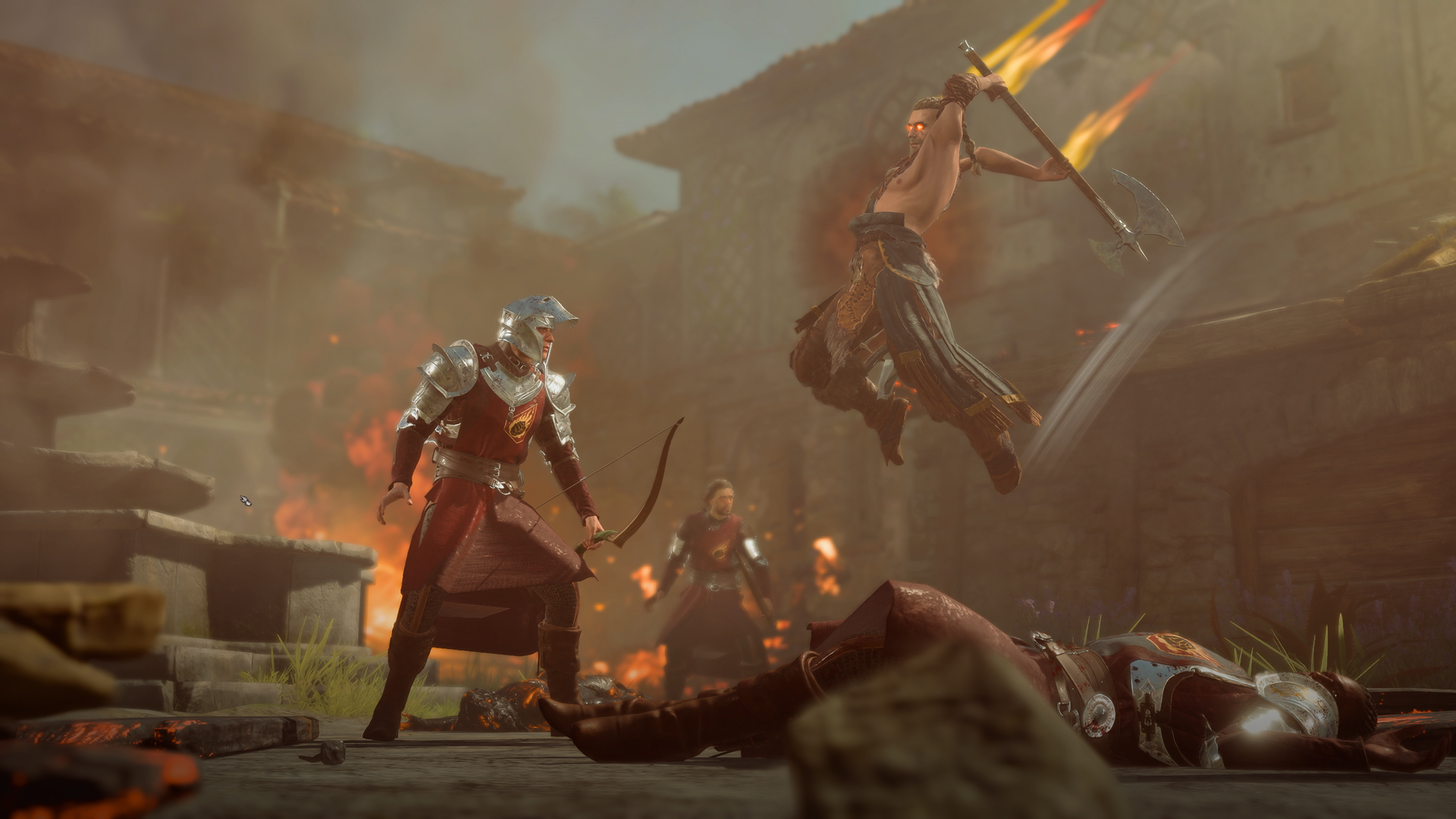
"Laid end to end, there are 174 hours – more than a week – of cutscenes, more dialogue than the entire Lord of the Rings trilogy put together."
Larian has spent six years creating Baldur's Gate 3, and three of those in early access. Without that period of public testing and feedback, Smith says, it's almost impossible to imagine the game existing; responses have helped shape entire narrative threads, but they've also given the developers the opportunity to demonstrate the richness of their simulation. Smith says that players needed to be invited into the "choice space," but that it was just as easy to scare them away from investing in the game's freedoms.
As much as you invite someone in to experience as much as the game has to offer, however, it's clear that no one is ever likely to see everything that Baldur's Gate 3 has to offer. Laid end to end, there are 174 hours – more than a week – of cutscenes, more dialogue than the entire Lord of the Rings trilogy put together. For every choice, five conversation options might appear on the screen, but there might be as many as 30 alternatives hidden away, each one only available as part of a story entirely different to the one you're currently being told.
Smith said he was once asked whether, as a writer, it ever made him sad that a player might only see 20% of what he'd written, and his answer encapsulates the depth, breadth, and deep player understanding at the heart of any good D&D campaign, and of Larian's entire philosophy: "It's the same as with level design. You've got this problem, a checkpoint on a bridge. Sven [Wincke] would get himself arrested and get across the bridge systemically. If you were smart, you might fly across with a wizard. Some people might say 'oh they just skipped…' But they enjoyed it. And they'll come back, it's ok. Just let them do it."
The 25 best RPGs you can (and should) play right now







